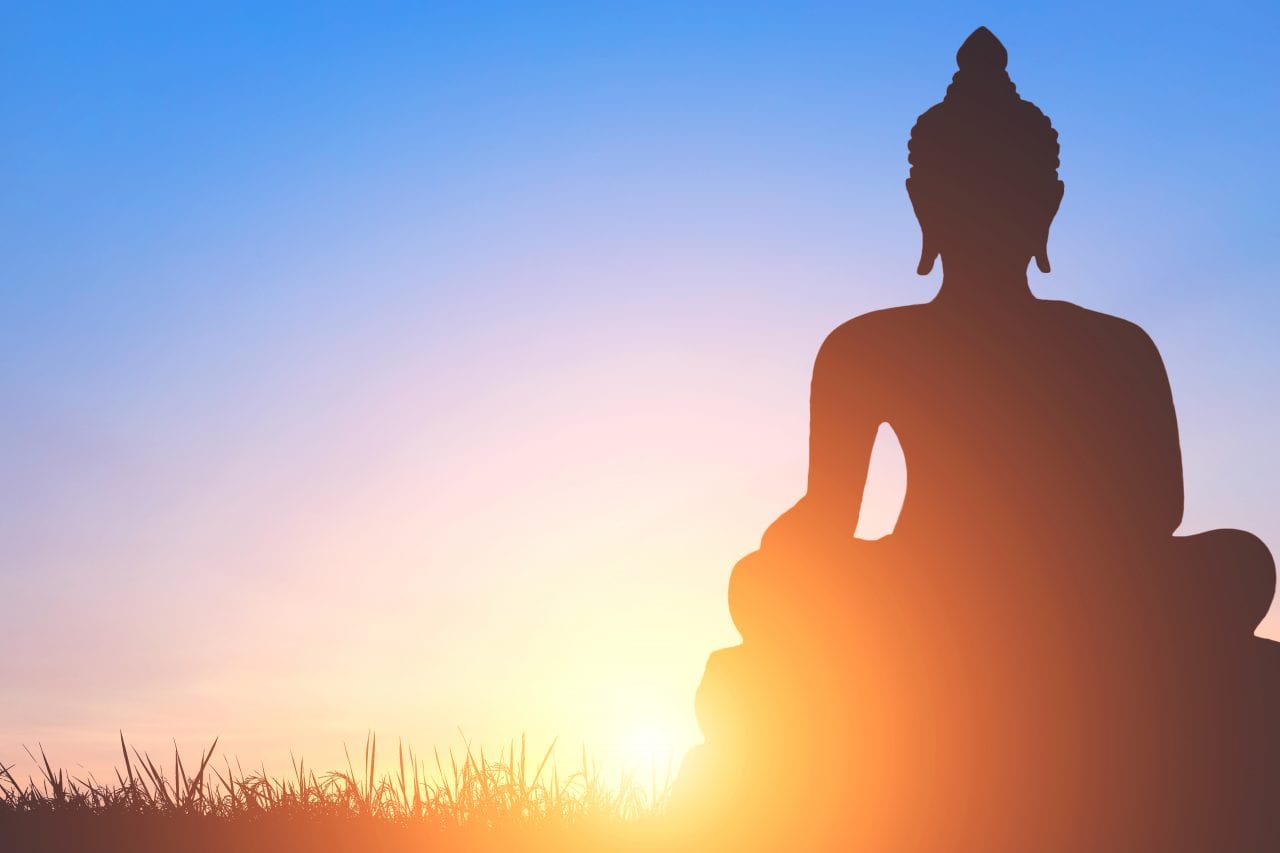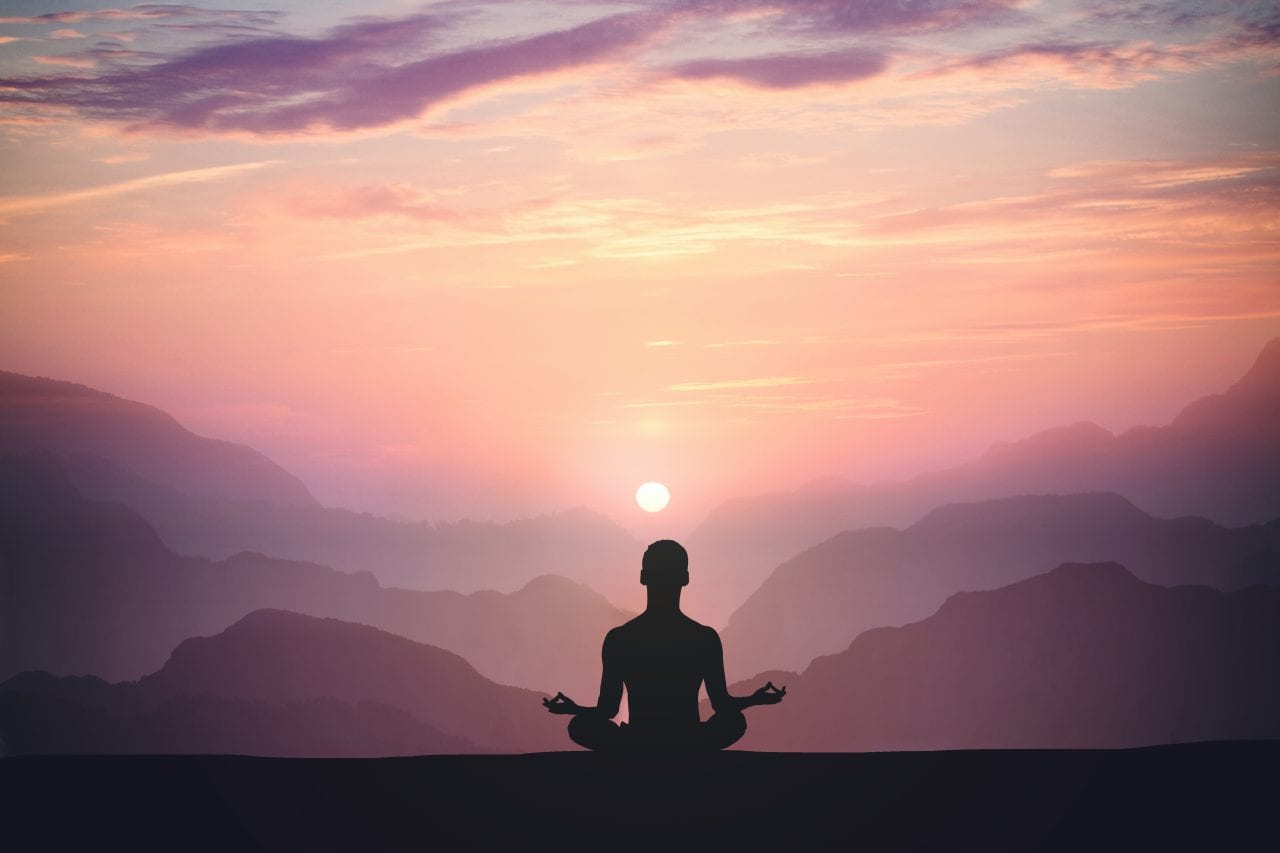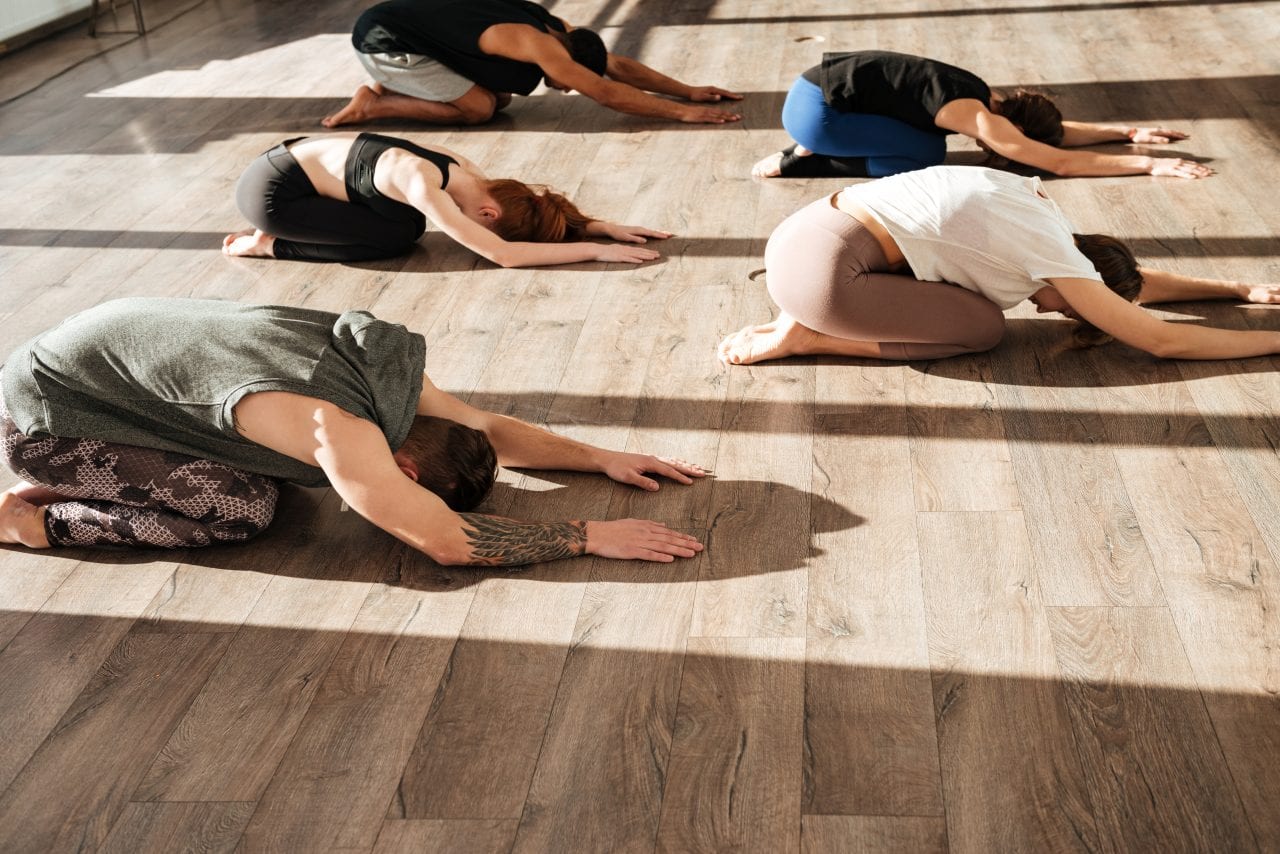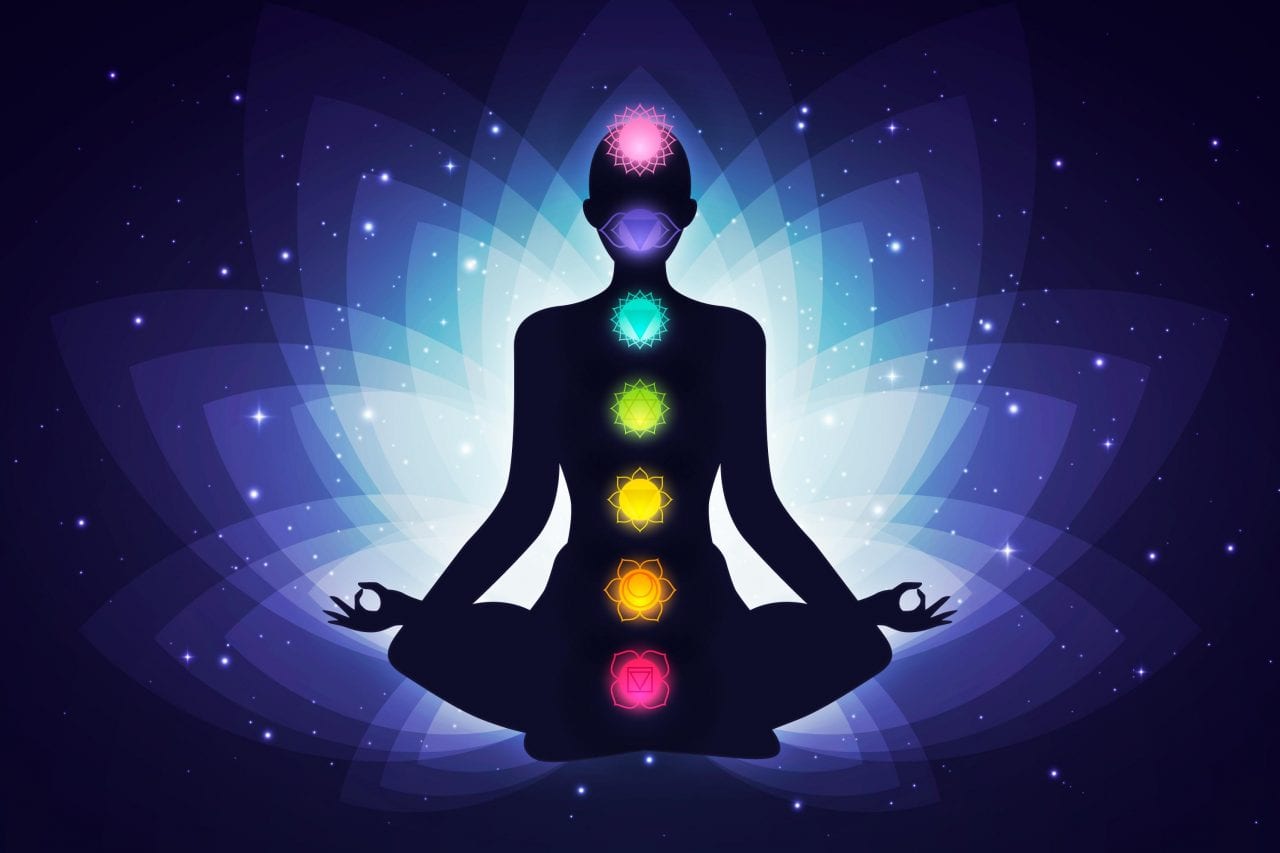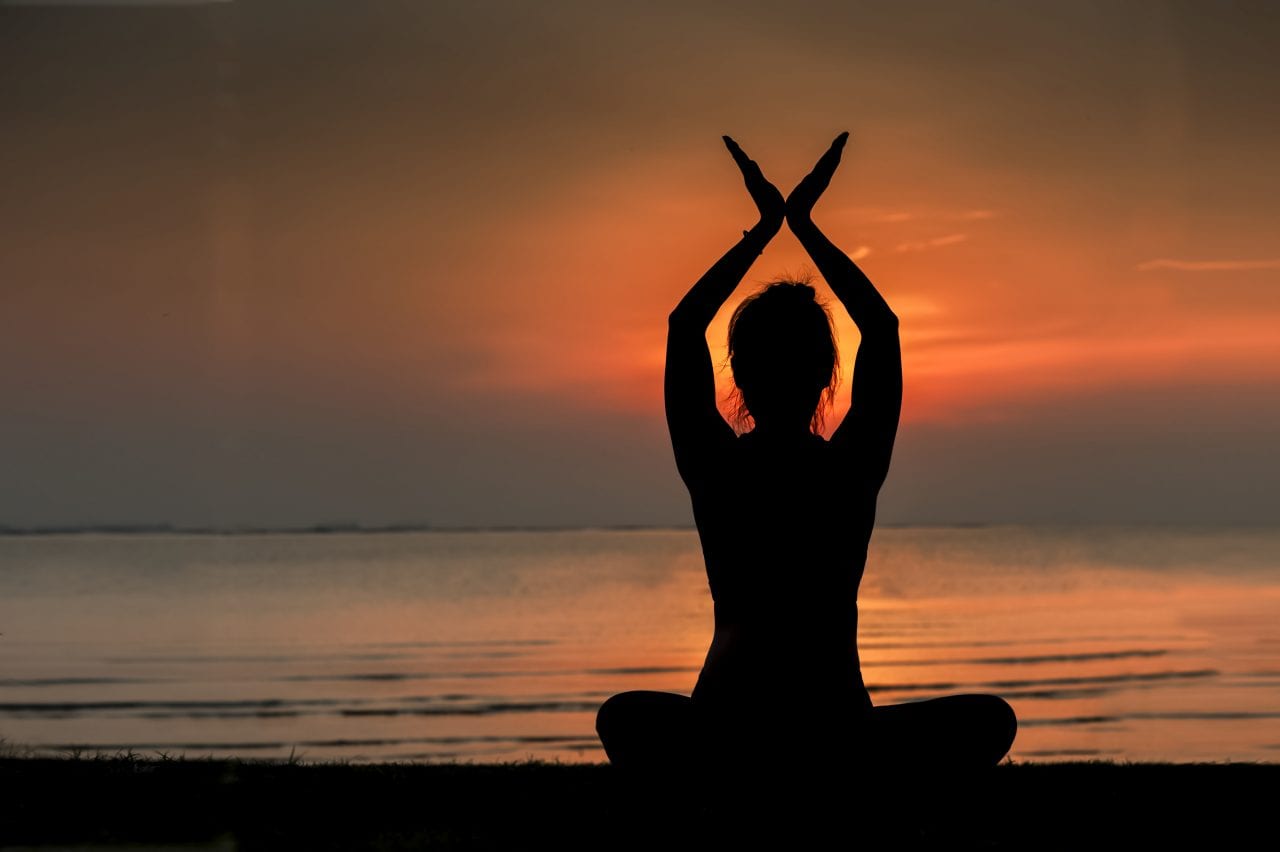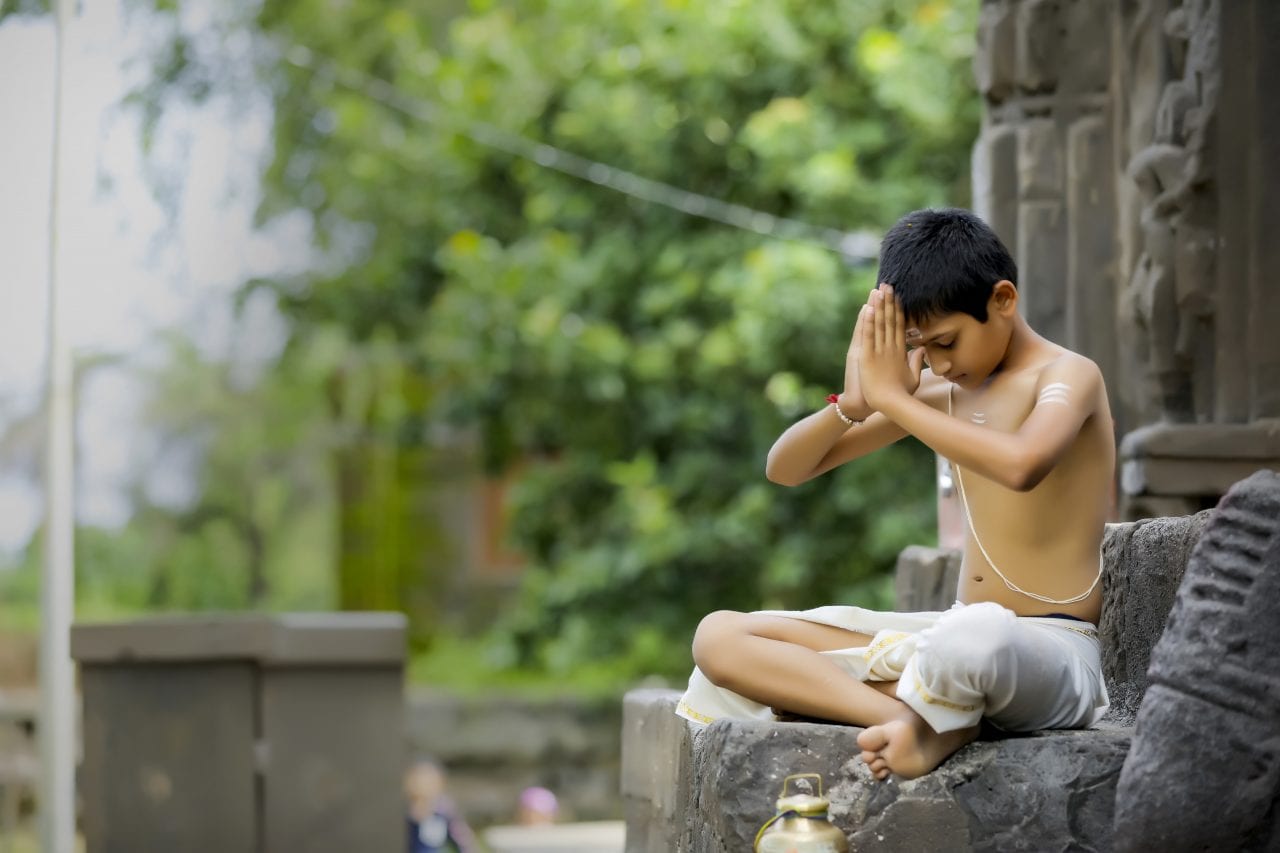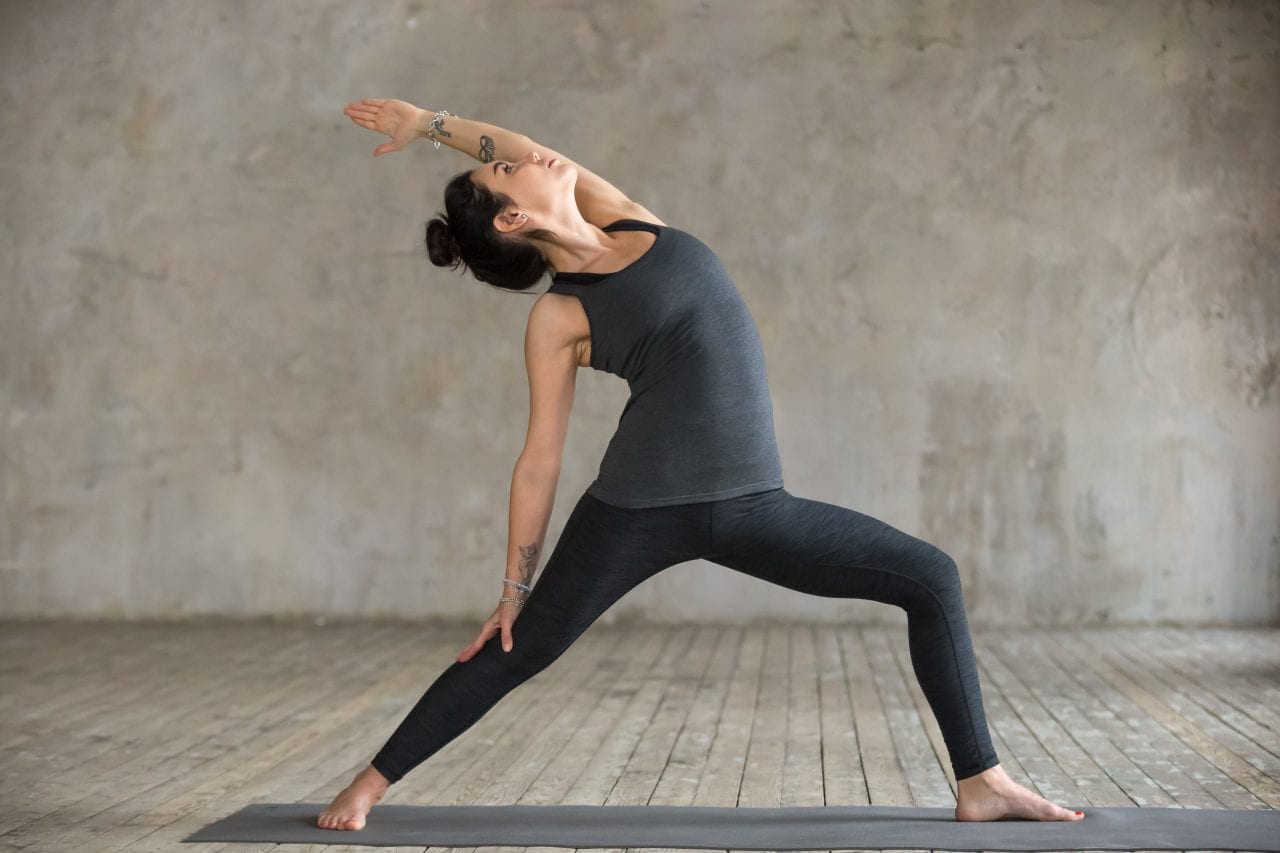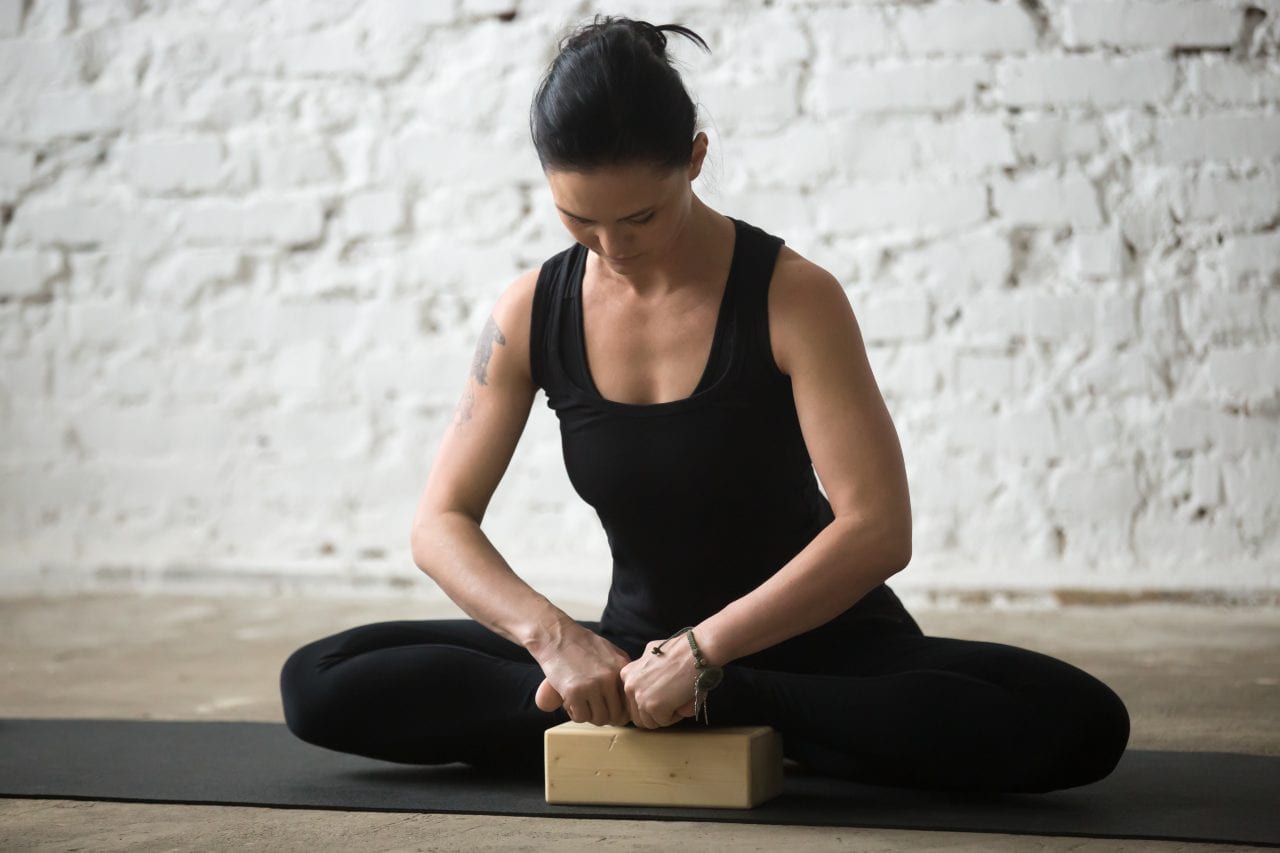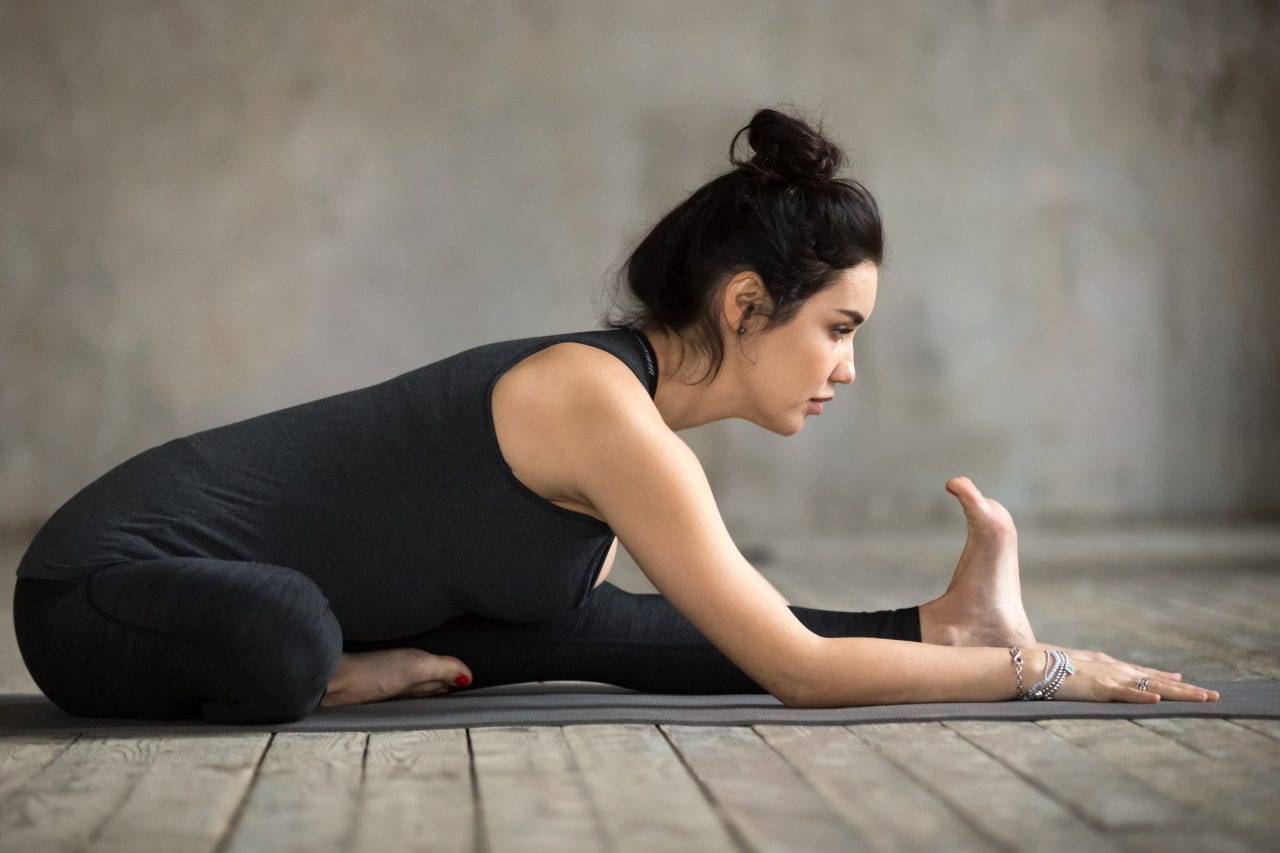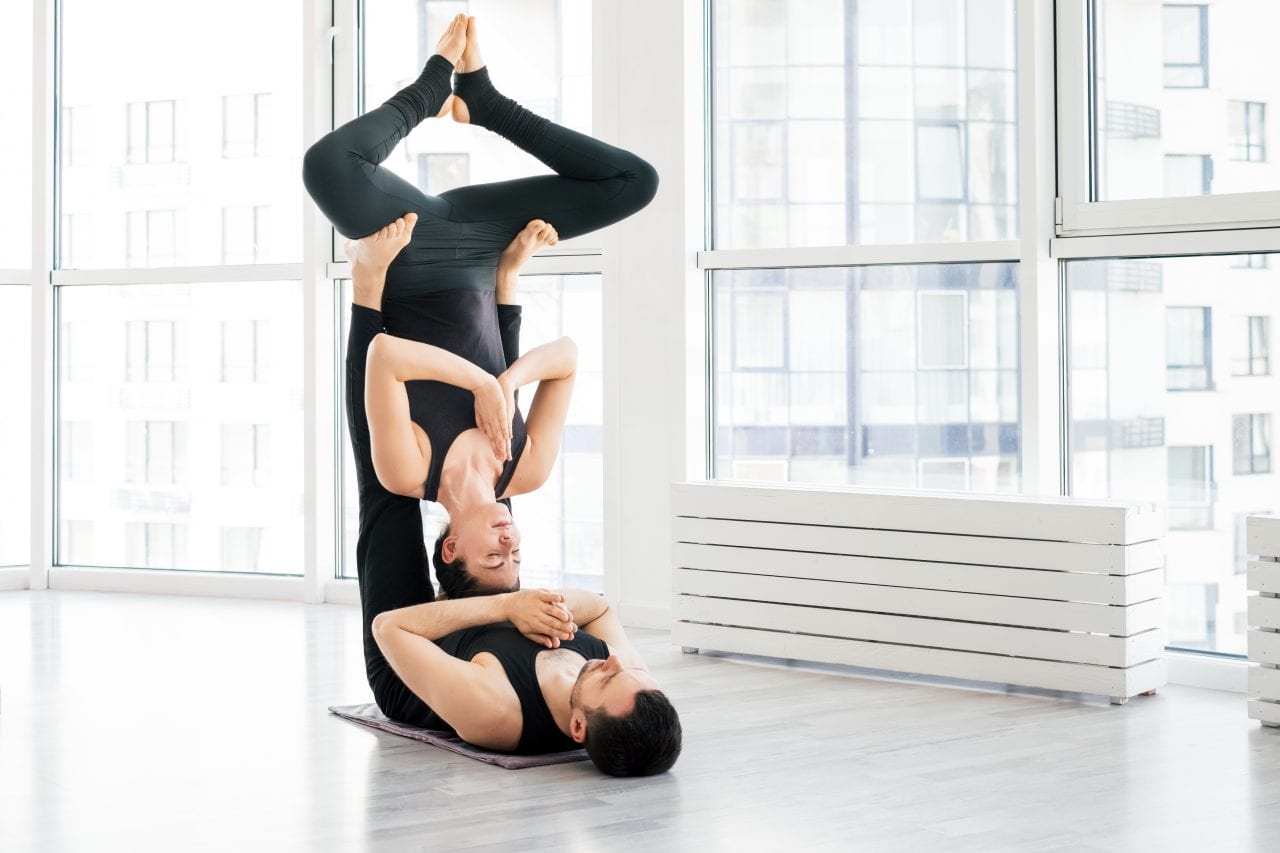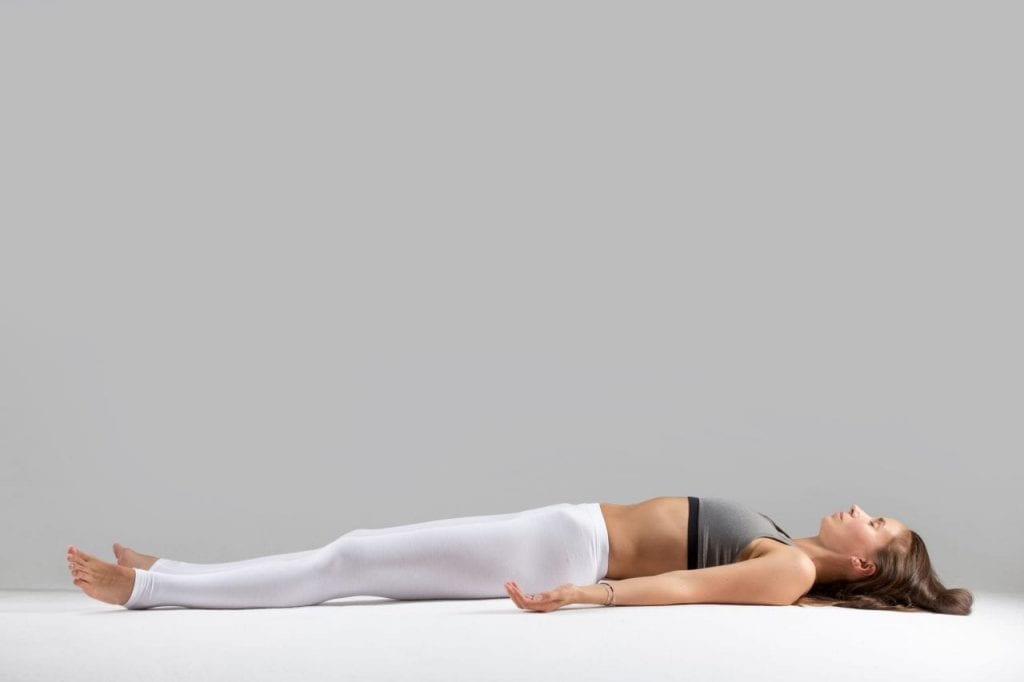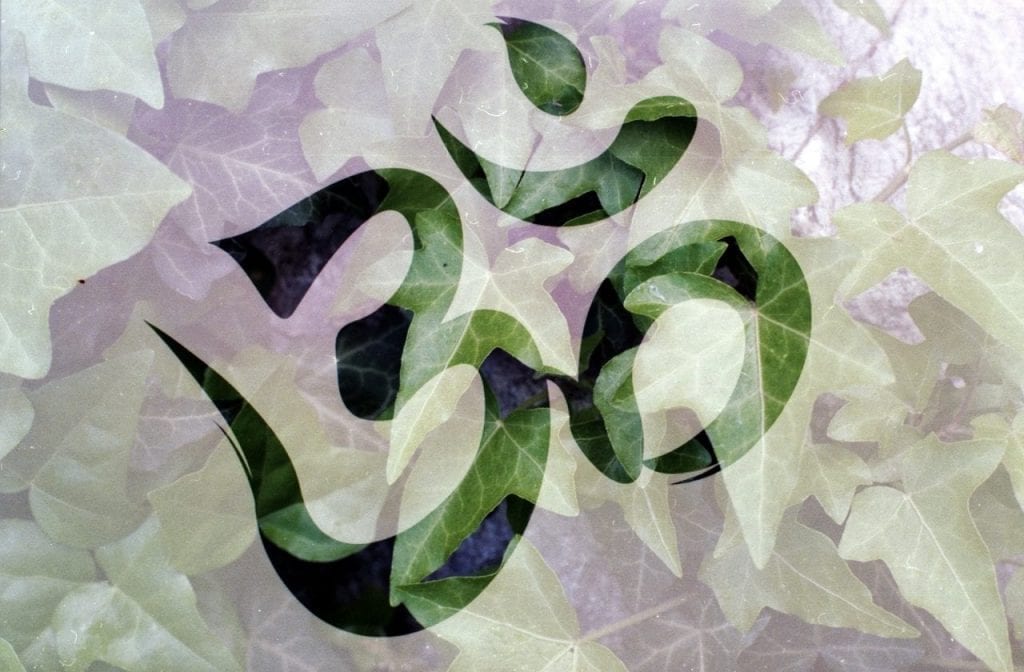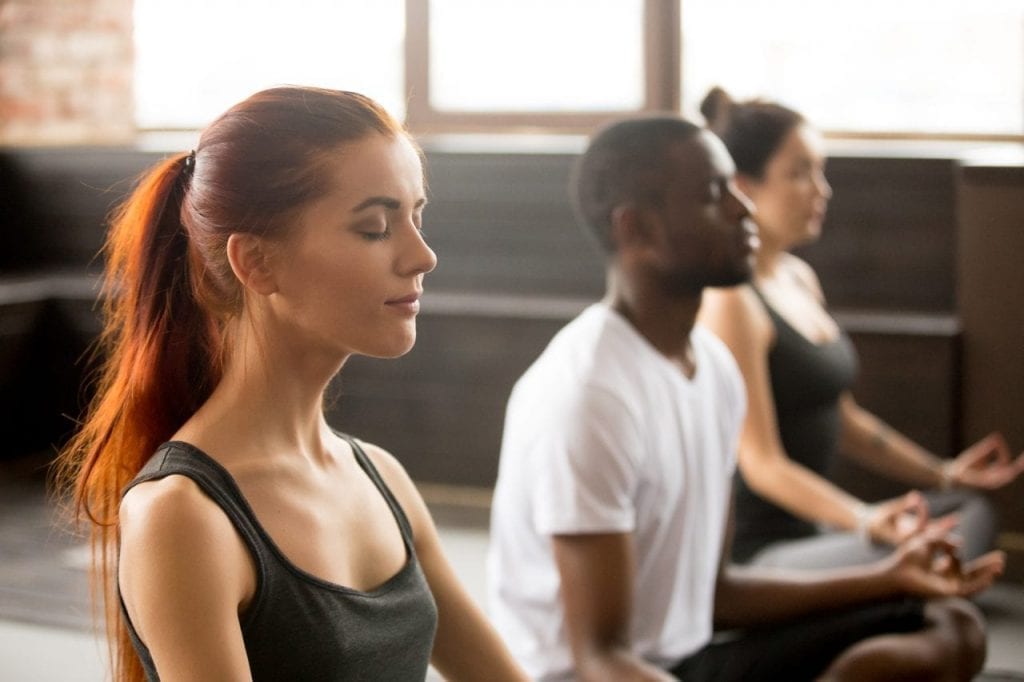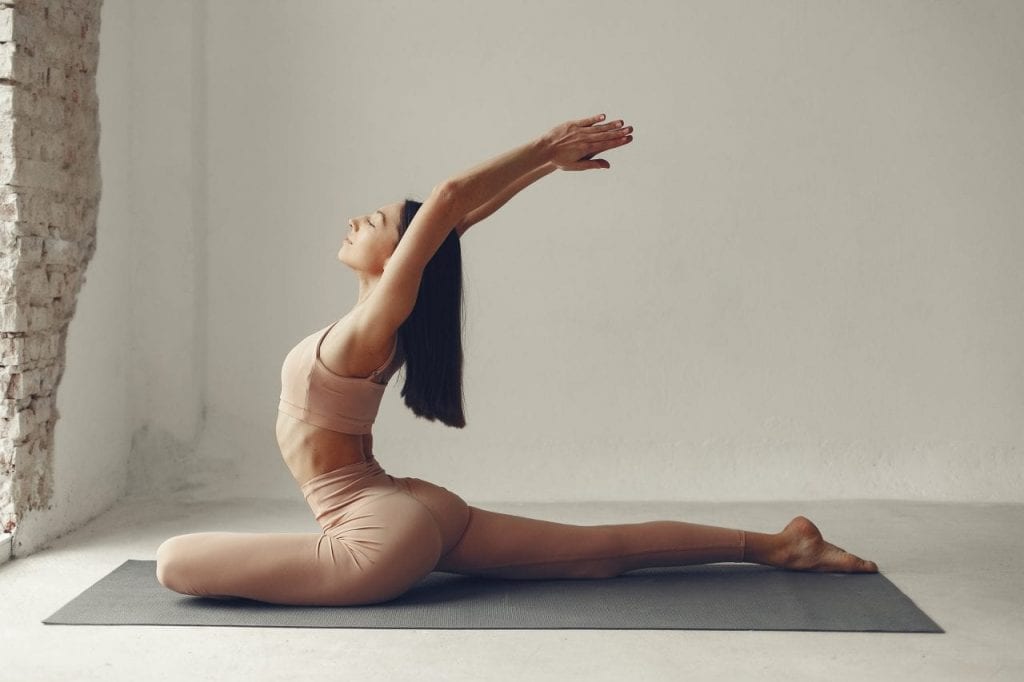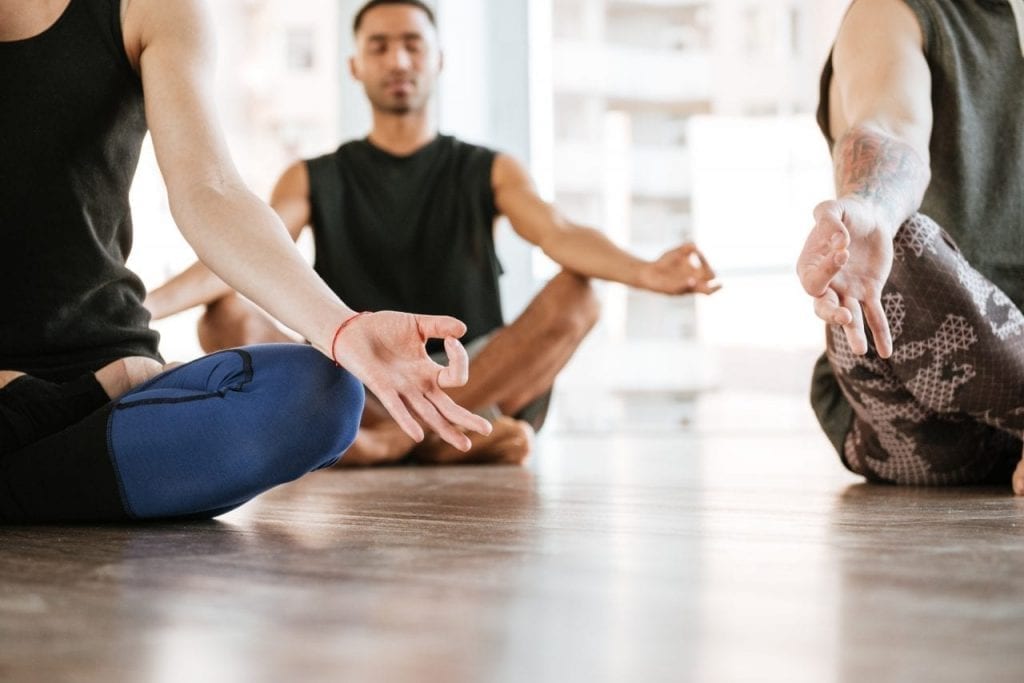A Guide to Different Yoga Styles
Approximately 5000 years ago, yoga was discovered in this world. Some researchers also say that yoga dates back even older than 5000 years and is as old as 10000 years. Yoga was first a secret science and this sacred knowledge was preserved and taught to only a select few.
This is for a good reason, as yoga is a powerful art and science that awakens the consciousness of the person practicing it. Awakened consciousness is something that is not to be taken lightly as it comes with great power and with great power comes great responsibility.
Yoga has many benefits. It calms the nervous system, it cleanses our body and energetic systems, it induces deeper levels of peace and healing with many more benefits.
Today, there are many styles of yoga that have developed over the years but when yoga first originated there were 3 main paths of yoga which are known as the old classical paths. All yoga styles, old and new are based on these 3 old classical paths of yoga.
In this article, we will explore the old classical paths of yoga and different yoga styles and their benefits.
Old classical paths of yoga
1. Karma Yoga
Karma means action in Sanskrit. This philosophy of karma yoga is simple and yet sublime. Karma yoga nudges us to ask questions about our actions, our intentions behind our actions, and the effect of our actions.
In simple terms, Karma yoga is done right when the actions we perform are performed selflessly. Selfless acts are acts of true love. Acts in which we want something in return or expect a benefit, are not acts of true love but are a transaction.
As the wise Sufi poets say that love is not a transaction but something that flows from the abundance, we have within us. True love is that which we give and share, only for the joy of giving and sharing and not because we want something in return.
This is karma yoga and selfless action is one of the main teachings of this form of yoga. If someone has practiced yoga for 50 years and still yet their actions and intentions are not selfless, have they truly embodied the wisdom of yoga then?
Selfless intentions and actions are the purest form of love and it takes immense devotion and sincerity to reach this level of being. Karma yoga has helped and continues to help many aspirants to live a life of selflessness.
Karma yoga teaches us to give our best to something and give our hundred percent to it and then surrender the expectations of the results of those actions to the divine spirit of life.
In this surrendering, true presence, a higher level of presence is born within us. As it is written in the Bhagavad Gita:
Whatever your action,
Food or worship;
Whatever the gift
That you give to another;
Whatever you vow
To the work of the spirit. . .
Lay these also
As offerings before Me.
2. Bhakti Yoga
Bhakti means devotion. Bhakti yoga teaches us that with unwavering devotion to the divine spirit of life, we can attain spiritual union with it. Bhakti yoga teaches us to adore God with worship and spiritual love.
A beautiful example of a woman who practiced Bhakti yoga was Shabari in the Ramayana. Her devotion to Lord Rama was so deep and sincere, that Lord Rama came to her himself. There is a saying that, when you love something with the whole of your heart the whole universe conspires you to unite it with it.
This is the power of Bhakti yoga. Shabari was so devoted to Ram that in every breath she thought only of Ram. When lord Ram came to Shabari’s house, she tasted each fruit before she gave it lord Ram, to make sure that each fruit was sweet.
Such profound and yet simple was her devotion and love to Lord Ram. According to wise saints and yogis, when we first start on the path, devotion is a slight enlivening feeling in the heart which grows stronger and stronger.
After a certain point with sincerity and unwavering love for god, this feeling in the heart becomes a state of being. We become devotion itself. Every act we do and every thought we think comes from devotion.
Bhakti yoga is practiced by singing devotional songs and mantras. Singing and dancing are a vital part of Bhakti yoga. People who walk this path of yoga say that they feel as though they get lost in their loving devotion to the source of life and in that getting lost, they find themselves, they find union.
And as we know, yoga means, union – a union of our mind, body, and soul with the divine source of life. Coming into ecstatic union with the god through unwavering devotion is what Bhakti yoga is all about.
3. Jnana Yoga
Right knowledge known as jnana yoga is the third path of yoga and an ancient path to liberation. Jnana means knowledge but not any kind of knowledge. It is the right knowledge that liberates us. As the good old saying goes, ‘the truth will set you free’.
Jnana yoga is based on the philosophy that with the right knowledge we can access higher and purer states of being thus leading the spiritual evolution of ourselves and those around us. Yoga, when practiced sincerely, leads to knowledge.
As we continue our practice, our energy systems purify and open up. Once our energy systems are cleansed through yogic practices, we are in a space to receive the right knowledge and experience truth.
What knowledge are we talking about here? In jnana yoga, we are talking about knowledge of self and knowledge of the world we live in as both are intimately and intricately connected. We cannot just know ourselves and not know the world or vice versa.
As we receive the right knowledge about selves through the practice of yoga, we also receive knowledge about the world. With this knowledge, with this truth that we receive, we can begin to embody higher states of being here on planet earth.
In esoteric wisdom, when they say, knowledge, it means love. Love means knowledge and knowledge means love. Today the concept of love is highly distorted in this world but the true meaning of love is right knowledge.
When we act from true love, we are acting from the right knowledge. When we have the right knowledge that is when we can truly begin to love ourselves and the world around us. Bhagavad Gita states that only with the right knowledge can come right action.
These ancient and old classical paths of yoga have existed in the world for thousands of years and has transformed how humanity connects to the divine spirit of life in a dynamically liberating way.
These ancient paths provide a solid and eternal foundation for yoga to build up and reach more and more people. The 5 traditional paths have been developed and are integrally based on the old classical paths.
Later the traditional paths were developed by great sages and spiritual masters and today these forms of yoga have transformed the lives of millions of people all around the world and continues to do so.
Here are the 5 traditional yoga styles and their benefits
1. Hatha Yoga
Amongst the traditional yoga styles, Hatha yoga is the oldest style of yoga. Hatha yoga is traced back to the 11th century and has said to be brought to life by Guru Gorakhnath. Some sources also say that hatha yoga has been traced back to the 2nd century.
This ancient style of yoga is the most practiced style of yoga not only in India but all over the world. Except for mantra yoga, all other traditional yoga styles are based on hatha yoga.
The word Hatha means force and hatha yoga is known as the yoga of force. This is because the techniques and asanas practiced in hatha yoga use force to move the energy throughout the body.
The philosophy of hatha yoga is based on the knowledge (Jnana) that the body is the source of enlightenment and higher consciousness.
The philosophy of hatha yoga functions on the knowledge that when the body is purified with asanas, mudra, pranayama, and other yogic techniques, the body is then open and strong enough to hold and embody the higher consciousness that descends in this body.
The descent of higher consciousness into the body through yoga is what Sri Aurobindo, a great Indian spiritual teacher speaks about. He says that the true meaning of yoga means union with the divine.
The asanas practiced in hatha yoga are slow and held for several counts. The holding of each asana for several counts in hatha yoga is one of the key components that bring about healing, purification, and strengthening of the human body.
Apart from asanas, hatha yoga also includes pranayama (breathwork) which further purifies and opens the energetic channels in the body.
If you prefer a style of yoga that is slow yet firm and strong, hatha yoga is something you can learn and practice as opposed to Ashtanga yoga which is dynamic and fluid in its process.
Hatha yoga has proved to be an excellent style of yoga that has transformed the lives of people all around the world and has caused a wave of awakening on the planet.
2. Kundalini Yoga
Kundalini yoga is based on hatha yoga in the sense that it derives its practices of asana, pranayama, mantra, and mudras from hatha yoga. Kundalini yoga’s main focus is to raise the Kundalini energy that is located at the base of the spine.
The philosophy of kundalini yoga is based on the knowledge that the kundalini energy lays dormant at the base of the spine and with certain yogic practices kundalini can be raised which leads to spiritual freedom and enlightenment.
The practice of Kundalini yoga focuses on raising the kundalini from the base of the spine through the 3 main energy channels that connect the base of the spine to the brain passing through the stomach, heart, and neck.
These 3 main energy channels are known as Ida, Pingala, and Sushumna Nadis. Ida and Pingala are the right and left energy channels and Sushumna is the central energy channel. The Ida is the feminine energy channel and Pingla is the masculine energy channel.
Raising of the kundalini is also known to be a dance between the masculine and feminine energies within the human energetic field.
The kundalini energy, the feminine energy when raised with yogic practices, rises and moves towards the masculine known as the Sahasrara chakra where the masculine energy resides.
The meeting of kundalini at the Sahasrara is the union of feminine and masculine energy which in spiritual terms is known as enlightenment.
If the world of Kundalini and raising the kundalini is something that calls to you and you are interested to learn the technical as aspects of raising kundalini, this form of yoga would be a good fit for you.
3. Tantra Yoga
As Osho, a great spiritual master says, “Tantra is not technique but prayer. It is not head oriented but a relaxation into the heart.”
While there are many similarities between tantra yoga and kundalini yoga, they are not the same and their processes vary vastly. Tantra yoga and kundalini yoga both intend to raise the kundalini but the philosophy is different.
While Kundalini yoga is a more rigorous and physical approach, Tantra yoga is a gentle approach towards raising kundalini. While Kundalini yoga is more focused on the technical aspects of raising the kundalini, Tantra yoga’s main focus is love and devotion for the great mother.
In Tantra yoga, kundalini is known as the supreme great mother. She is known as the divine mother and creator of life. In Tantra yoga, while asana, pranayama, and other yogic practices are practiced, at the heart of it is the love for the divine mother who is the creator and destroyer of many worlds.
The love and devotion cultivated is Tantra yoga is what sets it apart from other forms of traditional yoga.
While Kundalini yoga is based on a sense of victory and is vigorous, Tantra yoga is based on self-surrender and is subtle and gentle in its process. The word tantra means to weave and so Tantra yoga involves weaving our inner masculine and feminine energies together with immense love and devotion to the divine mother.
Osho further says, “Tantra is the natural way; the loose and the natural is the goal. You need not fight with the current; simply move with it, float with it. The river is going to the sea so why fight? Move with the river, become one with the river: surrender. Surrender is the keyword for Tantra; will is the keyword for Yoga. Yoga is the path of will; Tantra is the path of surrender.”
Apart from the technical aspect, Tantra yoga is based on Bhakti yoga to raise the kundalini.
If you feel in resonance with the deep devotion and love for the divine mother known as Kundalini Shakti in Tantra yoga, you can begin your journey on this path of yoga.
Something to keep in mind, before you decide to learn Tantra yoga is that is not for the faint of heart. It produces immense heat and energy in the body and requires deep devotion to the great mother.
This form of yoga is not to be taken lightly at all, as it means you are playing with fire. If you have an unwavering fire inside to know the divine mother, then this is the path for you.
4. Mantra yoga
Victor Shamas says, “Through our chanting, we merge our personal consciousness momentarily with the infinite consciousness that is our origin and our destiny. It is the drop of water finding its way back into the ocean from which it came.”
Mantra is a sound, phrase, or a syllable that is used to create a certain effect, mainly for spiritual purposes. Mantras are chanted during a religious or spiritual ceremony, during a yoga practice or even through the day.
Mantra yoga involves chanting sounds, phrases, and syllables to unite with the divine and stay connected with the divine energy. It is now scientifically proven that sound is extremely powerful and can heal and transform the minds and lives of human beings, animals, and birds.
Everything is sound. Everything is vibrating at a certain frequency and emanating a certain sound. From a still table to beautiful birds, everything is sound. Mantra yoga uses sound in a powerful and transformational way.
The mantras are about various gods and goddesses or something more universal like the sound of Om. Om is widely used in the world and is known to purify the human energetic body.
People who chant mantras report feeling peaceful, clear, and connected to the divine after and also while they are chanting. Mantra yoga clears our energetic field with the power of sound.
Chanting can be done either loudly or even silently without external sound. The important thing is to create an internal sound to clear our energetic body to connect with the divine, even if it is externally silent.
As Banani Ray says, “Om is that divine elixir that can clear away all the obstructions in our energy bodies.”
Mantra yoga is a beautiful style of yoga if you want to connect to the divine with the help of mantras, chants, and universal sounds.
5. Ashtanga Yoga
Recorded by sage Vamana Maharishi and later passed to K Pattabhi Jois by his guru Krishnamacharya, Ashtanga yoga is one of the most loved and practiced styles of yoga in the world today.
Ashtanga yoga means eight limbs of yoga where ‘asht’ means eight and ‘tanga’ means limbs. The eight limbs include yama, niyama, asana, pranayama pratyahara, dharana, dhyana, and samadhi.
The general human population reaches the point of Dhyana meaning a deep and unwavering meditative state and this is a beautiful stage where humanity has evolved to in so many thousand years.
The asana practice in ashtanga yoga includes a set of specific asanas practiced in a specific order as designed by the founders of ashtanga yoga. Ashtanga yoga has 3 main series that when practiced sincerely can transform the consciousness of the individual.
The primary series is designed to detoxify and align the body. The intermediate series is designed to purify the nervous system and open the energetic channels of the body. The advanced series is designed for strengthening the body and practice while bringing more grace into it.
Ashtanga yoga was also derived from hatha yoga but the difference between hatha yoga and ashtanga yoga is that the poses are not held as long in ashtanga yoga as they are in hatha yoga.
Ashtanga yoga is dynamic, while hatha yoga is still. If you love dynamic movements, Ashtanga yoga would be perfect for you.
Both practices have their beauty and are very effective in transforming and healing the mind, body, and soul of human beings. It is best to choose a practice that you feel called to most and go with the one that feels most right for you.
New Yoga Styles
1. Iyengar Yoga
Developed by B.K.S Iyengar, this form yoga is also derived from hatha yoga and is a gentler form of yoga as it is focused on yoga therapy. Iyengar yoga is a therapeutic form of yoga. It uses props like blocks, straps, belts, wall ropes, chairs, and others.
B.K.S. Iyengar developed this form of yoga when he wanted to heal his own illness and couldn’t find a cure. He turned to yoga and developed Iyengar yoga to heal himself. He was victorious in healing himself and thus began to teach this style of yoga to others who wished to learn.
The focus of Iyengar yoga is on the alignment of the body and works on the knowledge that, if the physical alignment of the body is correct, it can be healed and transformed.
The props are used to help the practitioner come deeper into the right alignment. Like Ashtanga yoga and hatha yoga, Iyengar yoga is also a challenging form of yoga but it is gentler and relaxed in its approach and process.
2. Yin Yoga
According to Chinese philosophy Yin means the feminine principle of life and yang is the masculine principle. While the other traditional forms of yoga are yang i.e. masculine in its approach, yin yoga is feminine in its approach.
The asanas performed in yin yoga are gentle and the movement is not forced at all. The movement in yin yoga is soft, slow, and subtle. Yin yoga is for those that want to develop their feminine energy and resonate more towards the feminine and gentle way of life.
Yin yoga is one of the newer forms of yoga and is now offered all around the globe. There are multiple yin yoga retreats offered in various parts of the world and yin yoga teacher training courses as well are offered.
3. Acro Yoga
Another gorgeous form of yoga that has developed in the recent years is Acro yoga. Acro yoga is different from all other forms of yoga previously mentioned in the sense that, while all other forms of yoga are a solo journey, Acro yoga involves a partner.
Acro yoga involves doing various yoga poses with your yoga partner. As this beautiful style of yoga is performed with a partner, it helps us develop trust with another person. It helps us understand the concept of space and respect.
The asanas in acro yoga involve lifting your partner or being lifted by your partner in a specific yoga pose which helps build core strength, teaches us to be vulnerable, trust ourselves and our partner.
Although it is not necessary, acro yoga can also be performed with your spouse or life partner because of the above mentioned benefits.
Acro yoga is a wonderful style of yoga that teaches to come into union with the divine, with the help of another person. Humanity is evolving. When spiritual growth was a lonely and solo journey before, now it doesn’t have to be.
We can choose to grow with other people on this spiritual quest of life with newer forms of yoga such as acro yoga. As Charles Eisenstein says, “Enlightenment is a group activity.”
Conclusion
Yoga is an ancient science but it is also an art. This ancient science aids us in healing the human body but it also brings about a transformation of the soul and human consciousness. Yoga in simple terms means union.
Yoga is a union of our body, mind, and soul with the divine source of life. There are so many different forms of yoga today. Some of them are new and some of them are old and ancient holding ancient wisdom within.
No matter, what style of yoga you choose to study and learn or if you choose to study all of them and invent your own unique style of yoga, remember that what you practice on the mat is just practice.
The real yoga happens outside of the mat. Some questions to ask yourself while you are on your yoga journey are:
- Is my yoga practice helping me become more calm and patient?
- Is my yoga practice helping me become more compassionate
- Is my yoga practice increasing my awareness?
- Is my yoga practice helping me become a whole and integrated person?
These are just a few questions you can ask yourself. Yoga is much more than doing the asana and pranayama. Yoga is a way of life. Yoga is living in union with all of life.
Learning yoga or doing a yoga teacher training course is a life-changing and transformational journey. So, to begin your yoga journey, choose a style of yoga you feel most called to, give it your best, and get ready for beautiful, expansive growth in your life.
Contents


